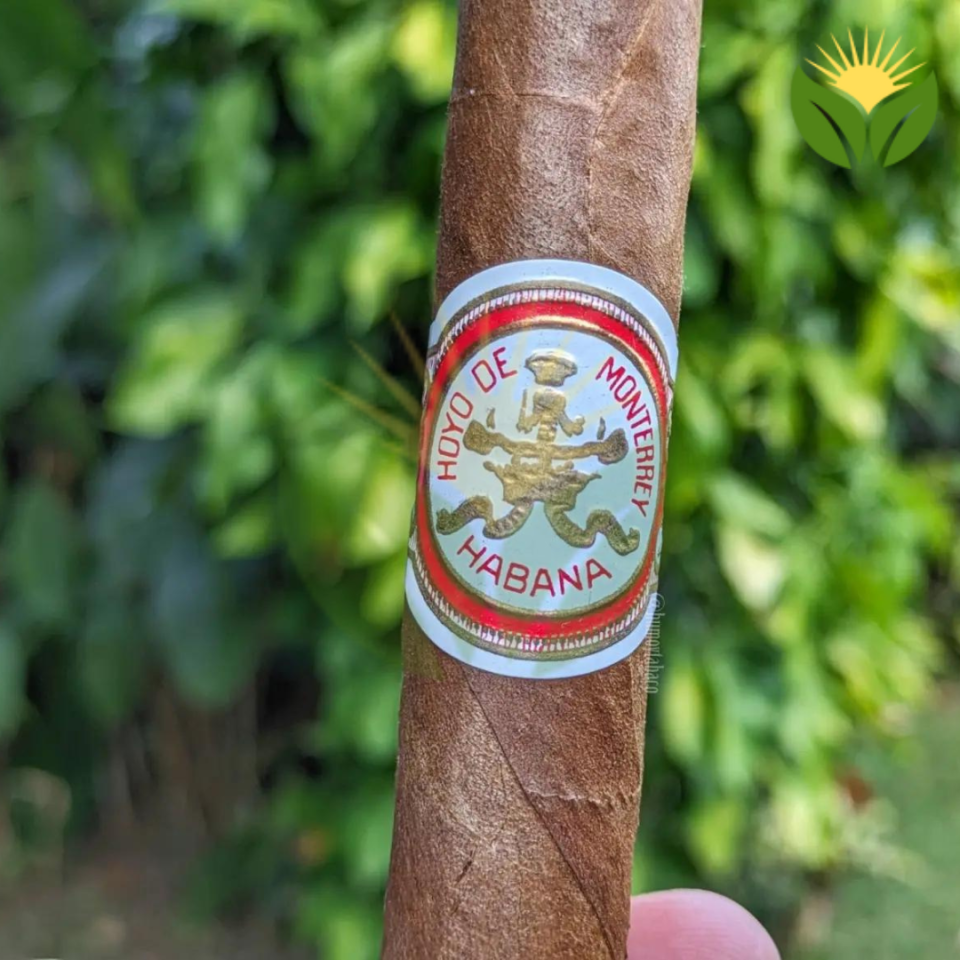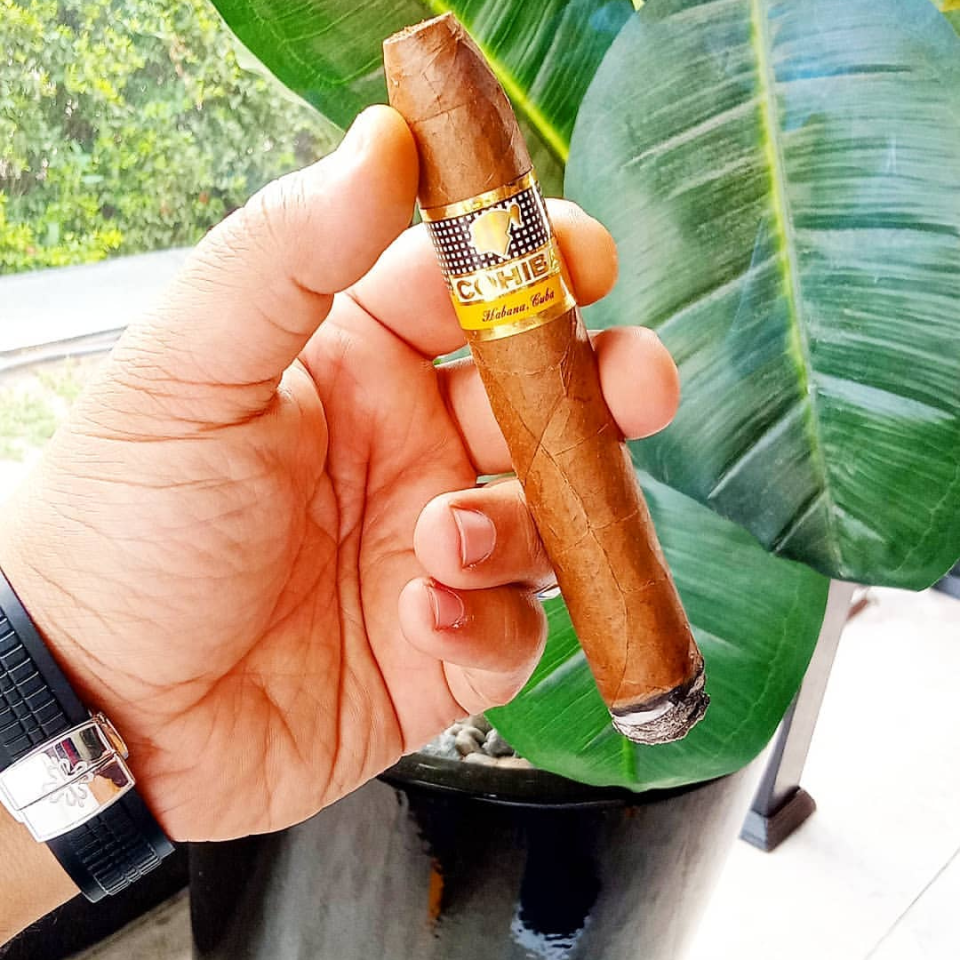The Fascinating History of Habana – Cuba's Capital of Cigars
Welcome to our comprehensive guide about Fascinating History Habana Cuba's cigars. In this article, we’ll explore everything you need to know about Fascinating History Habana Cuba's cigars, from selection and storage to appreciation and enjoyment. Whether you’re a seasoned aficionado or new to the world of Fascinating History Habana Cuba's cigars, this guide provides valuable insights and expert knowledge.
Table of Contents
- Introduction to Fascinating History Habana Cuba's cigars
- History and Heritage
- How to Select Fascinating History Habana Cuba's cigars
- Storage and Aging
- Enjoying Your Fascinating History Habana Cuba's cigars
- Frequently Asked Questions
History unravels the captivating story behind Habana, the heart of Cuba renowned for its world-famous cigars. This city, with its rich cultural heritage and vibrant streets, has long been synonymous with the finest tobacco products in the world. From the indigenous Taino people to Spanish conquistadors, the evolution of Habana’s cigar industry is a testament to centuries of craftsmanship and tradition. Join us as we research into the enthralling narrative of Habana’s cigar-making legacy, from its humble beginnings to its global reputation today.
The Golden Age of Havana Cigars for Fascinating History Habana Cuba's cigars
Cultivation and Trade in the 19th Century
The 19th century marked a significant period in the history of Havana cigars. Cuba became renowned for its ideal climate and soil conditions for growing tobacco, leading to the establishment of large plantations dedicated to tobacco cultivation. The tobacco trade flourished, with Havana cigars gaining a reputation for their superior quality and flavor, attracting cigar enthusiasts from around the world.
Innovation and Fame
Golden Age of Havana Cigars witnessed a surge in innovation and fame for the industry. Cigar makers in Havana embraced new techniques and technologies to enhance the quality of their products. The introduction of cigar bands for branding, the use of cedar lining in cigar boxes for preservation, and the creation of new blends showcasing the expertise of Cuban cigar artisans all contributed to the global fame of Havana cigars.
This era marked the rise of iconic Cuban cigar brands such as Cohiba, Montecristo, and Partagás, which are still highly coveted by cigar aficionados worldwide. The Golden Age of Havana Cigars solidified Cuba’s status as the pinnacle of cigar production, setting the standard for excellence in the industry.
Political Turbulence and the Cigar Industry for Fascinating History Habana Cuba's cigars
Impact of Wars and Revolutions
The political turbulence in Cuba, including wars and revolutions, has had a significant impact on the cigar industry in Habana. The industry faced disruptions in production and distribution, leading to challenges for cigar makers and tobacco growers.
Nationalization and State Control
Impact of Nationalization and State Control.
With the rise of Fidel Castro and the revolution of 1959, the cigar industry in Cuba underwent significant changes. The new government nationalized the industry, leading to state control over the production and distribution of cigars. This move had a profound effect on the private businesses that had been operating in the industry, as they were now subject to government regulations and oversight.
Cigar enthusiasts around the world took notice of these changes, as the Cuban cigar market transformed under state control. The quality and availability of Cuban cigars became more regulated, affecting the global supply and demand for these prized products.
Havana’s Cigars in the Global Market for Fascinating History Habana Cuba's cigars
The Rise of Cigar Tourism
Now, Havana’s cigars hold a special place in the global market, revered by aficionados worldwide for their rich flavor and superior quality. This has fueled a boom in cigar tourism, with enthusiasts flocking to Cuba to tour cigar factories, visit tobacco farms, and immerse themselves in the rich cultural heritage of cigar making.
Challenges and Competitors
Global competition in the cigar market poses challenges for Havana’s traditional cigar industry. As other countries like the Dominican Republic and Nicaragua have also gained recognition for their premium cigars, Havana faces increased competition for market share. Additionally, changing regulations on tobacco imports and exports present hurdles for Cuban cigars to reach consumers in key markets.
Preserving Tradition in the Modern Era for Fascinating History Habana Cuba's cigars
Many cigar enthusiasts around the world look to Habana, Cuba as the ultimate destination for premium cigars. The city’s rich history in cigar making can be experienced through its iconic Havana’s Cigar Factories, where the tradition of hand-rolling cigars continues to thrive.
The Role of Cigar Factories Today
One of the most significant aspects of Havana’s cigar industry is the role of cigar factories today. These factories serve as the heart of Cuba’s cigar production, employing skilled craftsmen who meticulously hand-roll each cigar to perfection. Despite modern technological advancements, the art of hand-rolling cigars remains a cherished tradition in Havana’s factories, ensuring the preservation of time-honored techniques.
Cigar Aficionados and Festivals
Tradition plays a vital role in the world of cigar aficionados and festivals in Havana. Cigar enthusiasts from all over the globe gather in Habana to celebrate the art of cigar making, indulge in premium blends, and immerse themselves in the culture surrounding cigars. These festivals not only showcase the finest cigars but also serve as a platform for enthusiasts to network, share knowledge, and appreciate the craftsmanship behind each cigar.
Final Words for Fascinating History Habana Cuba's cigars
With this in mind, it is clear that the history of Habana, Cuba’s Capital of Cigars, is a rich tapestry woven with tales of tradition, culture, and innovation. From the indigenous people who first cultivated tobacco to the Spanish conquistadors who brought it to Europe, the story of Cuban cigars is one of resilience and craftsmanship. The legacy of Habana’s cigar industry lives on today, attracting visitors from all over the world who are eager to experience its unique blend of history and flavor.
FAQ for Fascinating History Habana Cuba's cigars
Q: What is the history of Habana as Cuba’s Capital of Cigars?
A: Habana, also known as Havana, has a rich history as the capital of cigars in Cuba. Since the 17th century, the city has been renowned for its superior cigar production, with the finest tobacco leaves grown in the fertile fields surrounding the city. Habana has been at the center of the cigar industry, attracting cigar enthusiasts and connoisseurs from around the world.
Q: What makes Habana’s cigars so special?
A: The cigars from Habana are considered some of the best in the world due to the unique combination of factors. The ideal climate and soil conditions in the region create the perfect environment for growing high-quality tobacco leaves. Additionally, the traditional craftsmanship and expertise of Cuban cigar makers ensure that each cigar is meticulously crafted to perfection, resulting in a rich and flavorful smoking experience unlike any other.
Q: How has Habana’s cigar industry evolved over the years?
A: Over the years, Habana’s cigar industry has faced various challenges, including political and economic changes that have impacted production and distribution. Despite these challenges, Habana has maintained its reputation as the capital of cigars by adapting to changing times and implementing innovative techniques while preserving its longstanding traditions. Today, Habana continues to be a mecca for cigar enthusiasts, offering a glimpse into the fascinating history and culture of Cuban cigars.
Summary for Fascinating History Habana Cuba's cigars
This article about Fascinating History Habana Cuba's cigars explores the essential aspects that every cigar enthusiast should know. Whether you’re new to Fascinating History Habana Cuba's cigars or a seasoned aficionado, understanding these key points will enhance your appreciation of authentic Cuban cigars.
Related Premium Cuban Cigars for Fascinating History Habana Cuba's cigars
If you’re interested in Fascinating History Habana Cuba's cigars, explore these exceptional Cuban cigars from our collection:
- Cohiba Siglo 6 Gran Reserva 2003 – Premium authentic Cuban cigars
- Cohiba Coronas Especiales – Premium authentic Cuban cigars
- H Upmann Magnum 50 – Premium authentic Cuban cigars
Learn More About Cuban Cigars for Fascinating History Habana Cuba's cigars
Expand your knowledge about Fascinating History Habana Cuba's cigars and Cuban cigar culture:
- Read expert reviews at Cigar Aficionado
- Discover cigar history on Wikipedia
- Get industry insights from Halfwheel
Shop Authentic Cuban Cigars for Fascinating History Habana Cuba's cigars
Ready to experience the excellence of Fascinating History Habana Cuba's cigars? Browse our complete collection of authentic Cuban cigars with guaranteed authenticity, optimal storage, and worldwide shipping. Whether you’re seeking specific brands mentioned in this article about Fascinating History Habana Cuba's cigars or exploring new options, we’re your trusted source for genuine Cuban cigars online.
Explore Our Premium Fascinating History Habana Cuba's cigars Collection
Ready to experience authentic Fascinating History Habana Cuba's cigars? Browse our carefully curated selection:
- Romeo y Julieta Churchills – Premium authentic Cuban cigars
- Montecristo Robustos Limited Edition 2006 – 2000 VINTAGE – Premium authentic Cuban cigars
- Trinidad Robusto Extra – Premium authentic Cuban cigars
- Montecristo Open Junior – Premium authentic Cuban cigars
- Partagas Lusitanias – Premium authentic Cuban cigars
Related Articles About Fascinating History Habana Cuba's cigars
Continue learning about Fascinating History Habana Cuba's cigars with these informative articles:
- Can You Save a Partially Smoked Cigar for Later?
- The Art of Crafting Vegas Robaina Cigars – A Behind-the-Scenes Look
- Pairing Bolivar Cigars with the Perfect Drink and Occasion
Expert Resources on Fascinating History Habana Cuba's cigars
Learn more about Fascinating History Habana Cuba's cigars from these authoritative sources:
- Cigar Aficionado – Expert reviews and ratings
- Wikipedia – History of Cuban cigars
- Halfwheel – Industry news and reviews
Start Your Fascinating History Habana Cuba's cigars Journey Today
Now that you’ve learned about Fascinating History Habana Cuba's cigars, it’s time to experience them yourself. Browse our complete collection of authentic Cuban cigars and discover why Fascinating History Habana Cuba's cigars are treasured by aficionados worldwide. With our guarantee of authenticity, expert curation, and worldwide shipping, your perfect Fascinating History Habana Cuba's cigars experience is just a click away.
Remember: Whether you’re new to Fascinating History Habana Cuba's cigars or a seasoned enthusiast, we’re here to help you find the perfect cigars for your taste and occasion. Don’t hesitate to explore our selection and join the ranks of satisfied customers who have made us their trusted source for authentic Fascinating History Habana Cuba's cigars.






